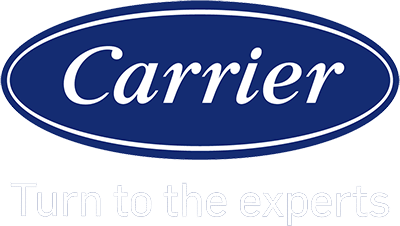Understanding Ductless Heating Systems

Ductless heating systems, often known as mini splits, provide efficient heating through a combination of indoor and outdoor units. These systems are valued for their quiet operation and high energy efficiency.
Components and Operation
A ductless heating system typically consists of two main parts: an indoor unit and an outdoor unit. The outdoor unit houses the compressor, which pumps refrigerant. The indoor unit releases the heated air. These units are connected by small pipes and electrical wiring.
The indoor unit has a fan and evaporator coil. It absorbs heat from the refrigerant and distributes it inside the room. The outdoor unit dissipates the cold air. This cycle continues, maintaining a comfortable indoor temperature. The system doesn’t rely on centralized ductwork, which helps increase energy efficiency.
Types of Ductless Systems
There are different variations of ductless systems. The most common are single-zone and multi-zone systems.
Single-zone systems feature one indoor unit connected to one outdoor unit. They are ideal for heating a single room or a specific area. Multi-zone systems have multiple indoor units connected to one outdoor unit. These are suitable for heating multiple rooms or an entire house.
Heat pumps are another type of ductless system. They can both heat and cool, providing year-round climate control. All types are known for their energy-saving capabilities and easy installation.
Benefits of Going Ductless
Going ductless has several benefits. One major advantage is improved energy efficiency. Ductless systems lose less heat compared to traditional HVAC systems with ductwork.
They also offer better performance and quiet operation. The indoor unit operates quietly, making it ideal for bedrooms and living areas. Additionally, they provide better aesthetic appeal with minimal impact on home design.
Another important benefit is the flexibility. Individual units allow for customized heating in different rooms. This can reduce energy costs and increase comfort. Maintenance is also generally easier compared to systems with extensive ductwork.
Installation and Financial Considerations
Installing a ductless heating system involves understanding the costs and the financial incentives available. Professional installation ensures the system operates efficiently and provides maximum savings.
Cost and Incentives
The initial cost of a ductless heating system can range from $3,000 to $5,000 per unit, including installation. Homeowners may find incentives such as rebates and a federal tax credit that can offset these costs. Many ** Energy Star certified** systems qualify for these incentives, which can save significant money.
States and utility companies often offer rebates for installing energy-efficient systems. It’s important for homeowners to research these as they vary by location.
Buying certified equipment ensures third-party verified performance, which often qualifies for greater incentives. Mis-sized units, being too large or too small, can reduce efficiency and increase costs.
Professional Installation
Hiring a professional installer is crucial for efficiency and safety. A contractor certified to install ductless systems ensures the unit is properly placed and sized. Incorrect installation, such as wrong refrigerant levels or improper mounting, can lead to inefficiency and frequent repairs.
A professional installer can also guide homeowners through the available incentives and ensure the system qualifies for the maximum rebates and credits. Ensuring the system is energy star certified and professionally installed guarantees optimal performance and longevity.
Professional installation also includes a thorough assessment of the home’s heating needs, making sure the system is neither too large nor too small for the space. This avoids additional costs and maximizes comfort and energy savings.
Maintaining Efficiency and Comfort

To ensure a ductless heating system remains efficient and provides comfort, regular maintenance and performance optimization are key. This involves timely upgrades and understanding how to adjust the system for different climates.
Regular Maintenance and Upgrades
Regular maintenance can extend the life of a ductless heat pump and keep it running efficiently. Cleaning or replacing filters as recommended can prevent airflow blockages that reduce system efficiency. Professional inspections help spot potential issues early.
Timely upgrades, like switching to Energy Star-rated components, contribute to energy savings. Installing a programmable thermostat can also optimize performance, balancing comfort and cost-effectiveness. Energy bills often decrease when systems run more efficiently, and fewer breakdowns occur with routine care.
Optimizing Performance in Diverse Climates
Ductless heating systems need adjustments to operate efficiently in different climates. In cold climates, cold climate considerations include ensuring the outdoor unit is free from snow and ice. An auxiliary heating source may be necessary in extreme cold to maintain comfort without overworking the system.
In milder climates, setting the system to Eco mode can save energy. Regular checks ensure the system is performing optimally, adapting to seasonal changes. Efficient operation reduces energy bills, making the home more comfortable with consistent temperatures throughout the year.

